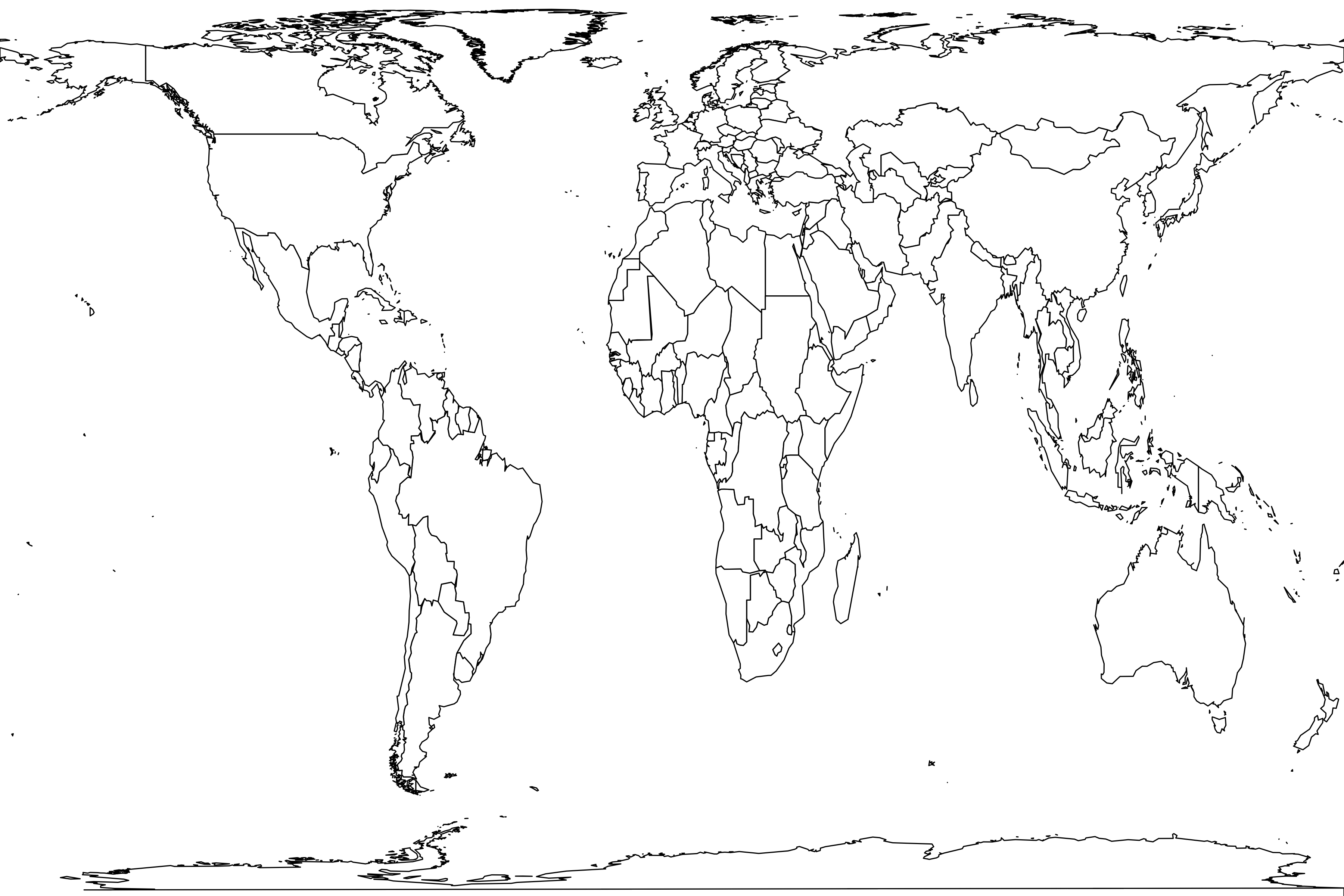Private Reserve of Natural Heritage Recanto das Antas
Basic information
Sample name: Private Reserve of Natural Heritage Recanto das Antas
Reference: A. Gatti, P. M. Ferreira, C. J. da Cunha, J. B. Seibert, and D. O. Moreira. 2017. Medium and large-bodied mammals of the Private Reserve of Natural Heritage Recanto das Antas, in Espírito Santo, Brazil. Oecologia Australis 21(2):171-181 [ER 3038]
Geography
Country: Brazil
State: Espírito Santo
Coordinate: 19° 50' S, 39° 58' W
Coordinate basis: stated in text
Geography comments: "2,212 ha... in the municipality of Linhares"
Environment
Habitat: tropical/subtropical moist broadleaf forest
Altered habitat: fragment
Protection: other protected area
Substrate: ground surface
Disturbance: agriculture
Habitat comments: "The study area mostly consists of discontinuous primary vegetation, with a matrix interspersed with extensive eucalyptus and papaya plantations, cabruca (cacao trees planted in the shade of thinned native forest), seringal (rubber tree culture), and smaller amounts of coffee plantations and cattle pastures that are not part of the RPPN Recanto das Antas... The vegetation is classified as lowland Ombrophilous Dense Forest... Camera stations were placed in different habitats - within and along edges of forest fragments, eucalyptus plantations, marshes and floodplains"
Methods
Life forms: carnivores,primates,rodents,ungulates,other large mammals,other small mammals
Sampling methods: quadrat,automatic cameras
Sample size: 1671 captures or sightings
Years: 2015
Camera type: unclear
Cameras paired: unclear
Trap spacing: 1.25
Sampling comments: "We conducted camera-trapping surveys from January to November 2015... We set camera traps at stations 0.5-2 km apart. To place the camera traps (camera stations) at regular intervals, we created grids of 500 x 500 m... We placed the camera traps in one monitoring block at a time, and rotated the camera traps among blocks every two months, meaning each block was monitored just once... We considered a temporally independent event when: (a) more than one photograph of the same species was obtained at the same station after a period of 1 hour; (b) consecutive photographs from the same station recorded different species or clearly distinguishable individuals; (c) photographs from the same station were not consecutive; and (d) when a group of individuals of the same species was recorded, each individual was considered a single record"
Metadata
Sample number: 3288
Contributor: John Alroy
Enterer: John Alroy
Created: 2019-03-16 18:52:01
Modified: 2020-06-05 09:22:44
Abundance distribution
23 species
1 singleton
total count 1671
geometric series index: 26.8
Fisher's α: 3.773
geometric series k: 0.7705
Hurlbert's PIE: 0.8903
Shannon's H: 2.4327
Good's u: 0.9994
Each square represents a species. Square sizes are proportional to counts.
• Find matching samples
Register
| Didelphis aurita | 25 | 1.1 kg invertivore-frugivore |
| Dasypus novemcinctus | 38 | 4.4 kg invertivore |
| Dasypus sp. | 68 | |
| D. novemcinctus or D. septemcinctus | ||
| Euphractus sexcinctus | 3 | 4.7 kg |
| Tamandua tetradactyla | 21 | 4.8 kg insectivore |
| Sapajus robustus | 9 | |
| Callicebus personatus | 1 | |
| Canis lupus familiaris | 3 | 43 kg carnivore |
| Cerdocyon thous | 108 | 5.2 kg carnivore-frugivore |
| Leopardus pardalis | 59 | 8.4 kg carnivore |
| Leopardus spp. | 4 | |
| L. guttulus or L. wiedii | ||
| Puma concolor | 3 | 49 kg carnivore |
| Herpailurus yagouaroundi | 3 | 5.4 kg carnivore |
| Eira barbara | 9 | 4.3 kg frugivore-carnivore |
| Nasua nasua | 161 | 4.4 kg invertivore-frugivore |
| Procyon cancrivorus | 34 | 5.0 kg carnivore-frugivore |
| Bos taurus | 5 | 337 kg |
| Mazama spp. | 202 | |
| M. americana or M. gouazoubira | ||
| Dicotyles tajacu | 169 | 21 kg browser |
| "Pecari tajacu" | ||
| Tapirus terrestris | 310 | 198 kg browser-frugivore |
| Hydrochoerus hydrochaeris | 15 | 58 kg grazer-browser |
| Cuniculus paca | 177 | 7.4 kg frugivore |
| Dasyprocta leporina | 244 | 4.2 kg frugivore |


